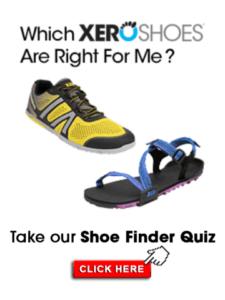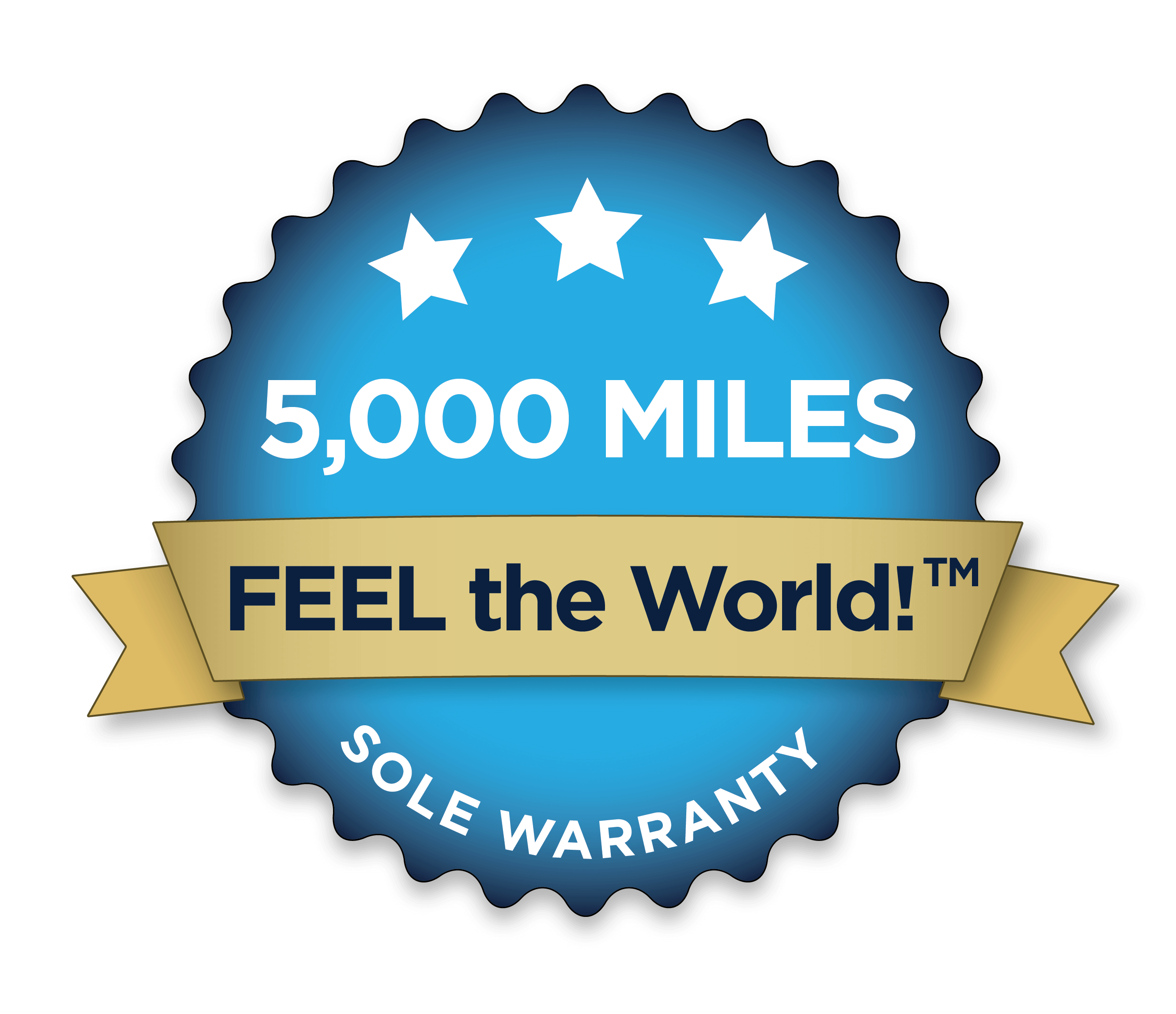I’ve always been a fan of shoes as a fashion statement, but when looking cool or sexy becomes the priority over feeling good than we have a problem. It is no secret nowadays that the health of our body directly effects how we feel emotionally and how we think. The last 10 years of my life have been dedicated to helping others feel good in their body and mind, and when it comes to feeling good I always start with the feet.
Many of us know how to stretch and strengthen muscles like the abs, chest, shoulders, thighs and buttocks, but what about the ankles and feet? How many gym exercises do you know of that work on foot health? And yet the feet are the foundation of our posture.
There are a few main articulations (joint movements) of the ankles and toes that can seriously improve the over all well being of your body if done fairly regularly. Further down I will go over a few exercises that can be done daily to improve your over all well-being starting from the ground up.
When I teach yoga, especially my hips-focused workshops, I spend at least 20% of the time on feet/ankles, because the health of feet directly effect all of the muscles and joints above, especially the knees, hips and low back. I always find it comical that the solution in the world of modern medicine is to shove something in your shoes that lifts your arches for you or find shoes that articulate the ankle for you as you walk. Don’t get me wrong, there’s a time and place where quick solutions are great and important, but they are not always the long term fix.
Here is an analogy of what the short term solutions are like for your body. Let’s pretend that our body is a lazy employee at work, and our doctor is the manager. The manager has two options in front of her/him—teach us how to be productive and inspire us to take action, or simply do the work for us. You might be thinking: Fire the employee! Unfortunately that’s not an option in the case of your body—there is no surgery or replacement for lack of muscle engagement. So the manager has only two options: if he/she chooses to do the work for the employee than the work gets done but the employee learns nothing and will continue to do nothing in the future. The other option? The manager puts in the extra time and energy now to strengthen the skills of the employee and help them develop habits that support their growth. If we are the employee (our body) in this case, we would all appreciate that. As the manager (our mind) we would all like to choose the second option, but when it comes down to it, we don’t usually make the time to support our over all well being.
If you are reading this, you probably don’t fall into the category of “lazy human being”, and you are certainly looking for solutions and answers and are willing to do the work. This is why you have chosen to wear Xero Shoes, isn’t it? You care about the well being of your feet! So let’s get into building strength.
The four main actions at the ankle:

Dorsiflexion: what we commonly refer to as flexing the feet. Stand on two feet and bend your knees, lean forward till your knees move forward, you’ll see the skin at the front of your ankle wrinkles, this action is called dorsiflexion of the ankle joint.

Plantarflexion: the exact opposite of dorsiflexion, commonly known as pointing your foot, like a ballet dancer would.

Inversion: If you sit down with your legs out in front and turn the soles of your feet toward each other like you are making “prayer” feet, this is called inverting your ankle. Note, you may sit up on blankets or a couple of pillows if your hamstrings are on the tighter side.

Eversion: this is the opposite of inversion and usually most challenging. Standing up again, press the big toes down and pull the outside edges of your feet up. You will see that wrinkles form in the outer ankle, and you will feel the muscles along your outer shin engage.
Exercises to strengthen the muscles of these actions:
1. Seated Plantar Flexion: Sitting down with legs out in front plantarflex and relax the ankles repeatedly with knees straight. The muscles you’re trying to activate are your calves. Keep the feet everted (inner ankles squeezing together the whole time, ankle bones and inside edge of the feet trying to stay together). At first you can take a yoga strap and loop it around your ankles to help with the range of motion and make it easier on you. Always try without the strap as well to build the appropriate strength.
BONUS! Inversion and Eversion: The best exercise to do daily are the ABC’s with your feet. Do this before getting out of bed to wake up all the muscles of your feet and ankles!
2. Seated DorsiFlexion: This action is the opposite of the first exercise. Sit down with your legs in front and pull the tops of your feet back and release several times until you feel heat building in the top of the shins (these muscles are called your tibialus anterior muscles).
3. Calf Raises: The one pop culture ankle strengthener! Standing upright plantarflex your ankles till your heals lift up. Try not to let your ankles roll outward while doing these. The primary muscles you’ll be strengthening are called the gastrocnemius muscles. To keep the ankles from rolling outward you’ll be using the muscles of the outer shines to stabilize the ankle.
4. Inversion and Eversion: The best exercise to do daily are the ABC’s with your feet. Do this before getting out of bed to wake up all the muscles of your feet and ankles.
BONUS! The toes: there are four main articulations of the toes but to keep you from being overwhelmed simply focus on the one action called abduction, which is spreading your toes. Get yourself a toe spreader or separate your toes with your fingers for range of motion at first but then learn to do the action with the strength of your muscles. It might feel totally foreign at first but over time and repetition you will be able to do it! You can then add toe spreading into all the above ankle articulations.
Keep building that strength to make barefoot running even more enjoyable!
Until next time,
Matt Giordano, aka @TheYogiMatt
The content of this post does not constitute and is not intended to be a substitute for professional medical advice, diagnosis or treatment. Always seek the advice of a physician or other qualified health provider with any questions or concerns you may have about your health or a medical condition.









 Fostering honest and responsive relationships between businesses and consumers.
Fostering honest and responsive relationships between businesses and consumers.












